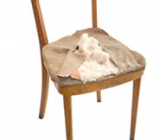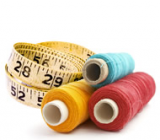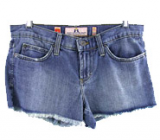REDUCE
Pare Down the Packaging
Did you know that up to one out of every $11 you spend at the store pays for packaging? Also, when all packaging is accounted for, it adds up to about one-third of all the trash that's thrown away in the United States.
1) When practical, buy in bulk
 |
Large families or high product consumption levels support buying in bulk when practical. Products packaged in bulk produce less packaging waste. For example, purchase 48 ounces of applesauce in a large glass jar instead of buying individual four-ounce containers packaged in plastic cups with foil lids that come in packages of six. |
2) Choose reusable or recyclable packages
 |
Be familiar with your community's recycling program, and pick products with containers that can be recycled. |
3) Avoid excessive packaging
 |
You can pay up to 45 percent more when you buy a product, like fruit or vegetables that has already been cut up, packaged on a plastic tray, and then shrink-wrapped. Buying the whole fruit or vegetable is cheaper, and you come home with less packaging to throw away. Consider buying produce from your local farmer's market and you can cut down on packaging, transportation costs and grocery price markups. Check out Local Harvest for a market times and locations close to you. Look for items you can buy as concentrates or "refills." Fabric softener is a prime example, especially if you already have a plastic container for liquid fabric softener, buy a refill container at the store and reuse your original container. Grasscycling is the natural recycling of grass by leaving clippings on the lawn when mowing. Grass clippings will quickly decompose, returning valuable nutrients to the soil. |
 Pare Down The Packaging
Pare Down The Packaging



